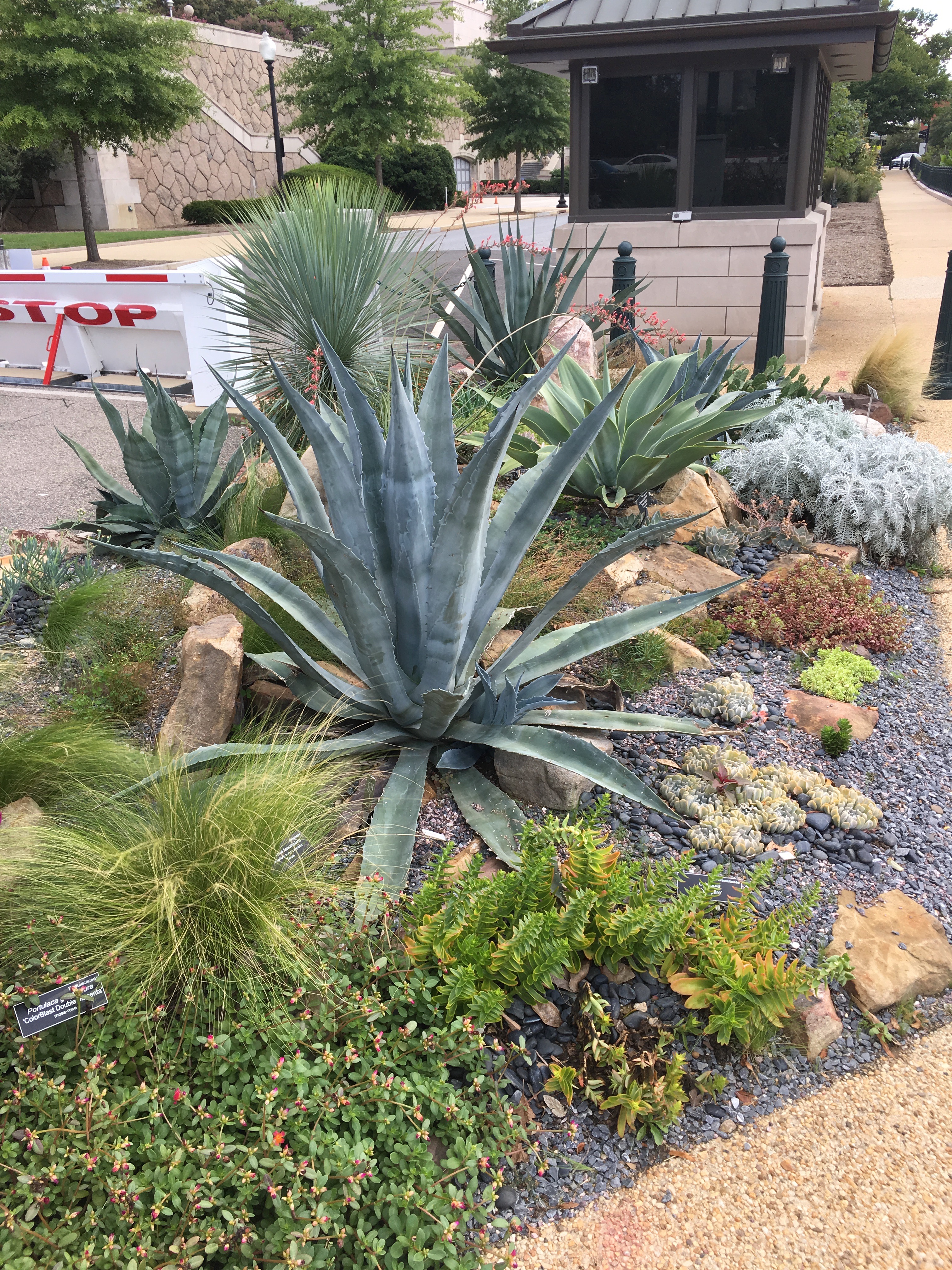|
Cercocarpus Betuloides
''Cercocarpus betuloides'' is a shrub or small tree in the rose family.Flowering Plants of the Santa Monica Mountains, Nancy Dale,2nd Ed, 2000, p. 170 Its common names include mountain mahogany and birch leaf mountain mahogany The common name "mahogany" comes from the hardness and color of the wood, although the genus is not a true mahogany. Description Growth pattern ''Cercocarpus betuloides'' is a shrub or small tree growing from . Its branches are incised and muscular in appearance from the side. In cross section they appear lobed. Common shrub associates within the chaparral community include toyon. Leaves and stems The leaves are distinctive in that they have smooth edges from the base to about halfway up, then are wavy or toothed to the rounded tip. ''Betula'' is the birch genus, and the species name refers to the birch-like leaves. Inflorescence and fruit The white flowers are small, clustered, and mildly scented, similar to acacia. The fruit is a tubular achene wit ... [...More Info...] [...Related Items...] OR: [Wikipedia] [Google] [Baidu] |
Thomas Nuttall
Thomas Nuttall (5 January 1786 – 10 September 1859) was an English botanist and zoologist who lived and worked in America from 1808 until 1841. Nuttall was born in the village of Long Preston, near Settle in the West Riding of Yorkshire and spent some years as an apprentice printer in England. Soon after going to the United States he met professor Benjamin Smith Barton in Philadelphia. Barton encouraged his strong interest in natural history. Early explorations in the United States In 1810 he travelled to the Great Lakes and in 1811 travelled on the Astor Expedition led by William Price Hunt on behalf of John Jacob Astor up the Missouri River. Nuttall was accompanied by the English botanist John Bradbury, who was collecting plants on behalf of Liverpool botanical gardens. Nuttall and Bradbury left the party at the trading post with the Arikara Indians in South Dakota, and continued farther upriver with Ramsay Crooks. In August they returned to the Arikara post and jo ... [...More Info...] [...Related Items...] OR: [Wikipedia] [Google] [Baidu] |
Chaparral
Chaparral ( ) is a shrubland plant plant community, community found primarily in California, southern Oregon, and northern Baja California. It is shaped by a Mediterranean climate (mild wet winters and hot dry summers) and infrequent, high-intensity crown fires. Many chaparral shrubs have hard sclerophyllous evergreen leaves, as contrasted with the associated soft-leaved, drought-deciduous, scrub community of coastal sage scrub, found often on drier, southern-facing slopes. Three other closely related chaparral shrubland systems occur in southern Arizona, western Texas, and along the eastern side of central Mexico's mountain chains, all having summer rains in contrast to the Mediterranean climate of other chaparral formations. Etymology The name comes from the Spanish language, Spanish word , which translates to "place of the scrub oak". ''Scrub oak'' in turn comes from the Basque language, Basque word , which has the same meaning. Overview In its natural state, chaparral is ... [...More Info...] [...Related Items...] OR: [Wikipedia] [Google] [Baidu] |
Flora Of The Klamath Mountains
Flora (: floras or florae) is all the plant life present in a particular region or time, generally the naturally occurring ( indigenous) native plants. The corresponding term for animals is ''fauna'', and for fungi, it is ''funga''. Sometimes bacteria and fungi are also referred to as flora as in the terms ''gut flora'' or ''skin flora'' for purposes of specificity. Etymology The word "flora" comes from the Latin name of Flora, the goddess of plants, flowers, and fertility in Roman mythology. The technical term "flora" is then derived from a metonymy of this goddess at the end of the sixteenth century. It was first used in poetry to denote the natural vegetation of an area, but soon also assumed the meaning of a work cataloguing such vegetation. Moreover, "Flora" was used to refer to the flowers of an artificial garden in the seventeenth century. The distinction between vegetation (the general appearance of a community) and flora (the taxonomic composition of a community) was ... [...More Info...] [...Related Items...] OR: [Wikipedia] [Google] [Baidu] |
Natural History Of The California Chaparral And Woodlands
Nature is an inherent character or constitution, particularly of the ecosphere or the universe as a whole. In this general sense nature refers to the laws, elements and phenomena of the physical world, including life. Although humans are part of nature, human activity or humans as a whole are often described as at times at odds, or outright separate and even superior to nature. During the advent of modern scientific method in the last several centuries, nature became the passive reality, organized and moved by divine laws. With the Industrial Revolution, nature increasingly became seen as the part of reality deprived from intentional intervention: it was hence considered as sacred by some traditions ( Rousseau, American transcendentalism) or a mere decorum for divine providence or human history (Hegel, Marx). However, a vitalist vision of nature, closer to the pre-Socratic one, got reborn at the same time, especially after Charles Darwin. Within the various uses of the word ... [...More Info...] [...Related Items...] OR: [Wikipedia] [Google] [Baidu] |
Flora Of The Western United States
Flora (: floras or florae) is all the plant life present in a particular region or time, generally the naturally occurring ( indigenous) native plants. The corresponding term for animals is ''fauna'', and for fungi, it is ''funga''. Sometimes bacteria and fungi are also referred to as flora as in the terms ''gut flora'' or ''skin flora'' for purposes of specificity. Etymology The word "flora" comes from the Latin name of Flora, the goddess of plants, flowers, and fertility in Roman mythology. The technical term "flora" is then derived from a metonymy of this goddess at the end of the sixteenth century. It was first used in poetry to denote the natural vegetation of an area, but soon also assumed the meaning of a work cataloguing such vegetation. Moreover, "Flora" was used to refer to the flowers of an artificial garden in the seventeenth century. The distinction between vegetation (the general appearance of a community) and flora (the taxonomic composition of a community) was ... [...More Info...] [...Related Items...] OR: [Wikipedia] [Google] [Baidu] |
Cercocarpus
''Cercocarpus'', commonly known as mountain mahogany, is a small genus of at least nine species of nitrogen-fixing flowering plants in the rose family, Rosaceae. They are native to the western United States and northern Mexico, where they grow in chaparral and semidesert habitats and climates, often at high altitudes. Several are found in the California chaparral and woodlands ecoregion. The classification of ''Cercocarpus'' within the Rosaceae has been unclear. The genus has been placed in the subfamily Rosoideae, but is now placed in subfamily Dryadoideae. Members of the genus are deciduous shrubs or small trees, typically reaching heights of 3–6 m (9–18 ft) tall, but exceptionally up to 13 m (40 ft) high. '' C. montanus'' usually remains under 1 m (3 ft) high because of incessant grazing by elk and deer. The name is derived from the Greek Greek may refer to: Anything of, from, or related to Greece, a country in Southern Europe: *Gree ... [...More Info...] [...Related Items...] OR: [Wikipedia] [Google] [Baidu] |
Habitat Restoration
Ecological restoration, or ecosystem restoration, is the process of assisting the recovery of an ecosystem that has been degraded, damaged, destroyed or transformed. It is distinct from conservation in that it attempts to retroactively repair already damaged ecosystems rather than take preventative measures. Ecological restoration can help to reverse biodiversity loss, combat climate change, support the provision of ecosystem services and support local economies. The United Nations has named 2021–2030 the Decade on Ecosystem Restoration. Habitat restoration involves the deliberate rehabilitation of a specific area to reestablish a functional ecosystem. This may differ from historical baselines (the ecosystem's original condition at a particular point in time). To achieve successful habitat restoration, it is essential to understand the life cycles and interactions of species, as well as the essential elements such as food, water, nutrients, space, and shelter needed to supp ... [...More Info...] [...Related Items...] OR: [Wikipedia] [Google] [Baidu] |
Natural Landscaping
Natural landscaping, also called native gardening, is the use of native plants including trees, shrubs, groundcover, and grasses which are local to the geographic area of the garden. Benefits Maintenance Natural landscaping is adapted to the climate, geography and hydrology and should require no pesticides, fertilizers and watering to maintain, given that native plants have adapted and evolved to local conditions over thousands of years. However, these applications may be necessary for some preventive care of trees and other vegetation. Native plants suit today's interest in "low-maintenance" gardening and landscaping, with many species vigorous and hardy and able to survive winter cold and summer heat. Once established, they can flourish without irrigation or fertilization, and are resistant to most pests and diseases. Many municipalities have quickly recognized the benefits of natural landscaping due to municipal budget constraints and reductions and the general public ... [...More Info...] [...Related Items...] OR: [Wikipedia] [Google] [Baidu] |
Wildlife Garden
A wildlife garden (or habitat garden or backyard restoration) is an Biophysical environment, environment created with the purpose to serve as a sustainable haven for surrounding wildlife. Wildlife gardens contain a variety of habitats that cater to Native species, native and local plants, birds, amphibians, reptiles, insects, mammals and so on, and are meant to sustain locally native flora and fauna. Other names this type of gardening goes by can vary, prominent ones being habitat, ecology, and conservation gardening. Both public and private gardens can be specifically transformed to attract the native wildlife, and in doing so, provide a natural array of support through available shelter and sustenance. This method of gardening can be a form of restoration in private gardens as much as those in public, as they contribute to Wildlife corridor, connectivity due to the variability of their scattered locations, as well as an increased habitat availability. Establishing a garden that ... [...More Info...] [...Related Items...] OR: [Wikipedia] [Google] [Baidu] |
Xeriscaping
Xeriscaping is the process of Garden design, landscaping, or gardening, that reduces or eliminates the need for irrigation. It is promoted in regions that do not have accessible, plentiful, or reliable supplies of fresh water and has gained acceptance in other regions as access to irrigation water has become limited, though it is not limited to such climates. Xeriscaping may be an alternative to various types of traditional gardening. In some areas, terms such as ''water conservation, water-conserving landscaping'', ''drought-tolerant landscaping'', and ''smart scaping'' are used instead. The use of plants whose natural requirements are appropriate to the local climate is emphasized, and care is taken to avoid losing water to evaporation and surface runoff, runoff. However, the specific plants used in xeriscaping vary based on climate as this strategy can be used in xeric, mesic, and hydric environments. Xeriscaping is different from natural landscaping, because the emphasis in x ... [...More Info...] [...Related Items...] OR: [Wikipedia] [Google] [Baidu] |





